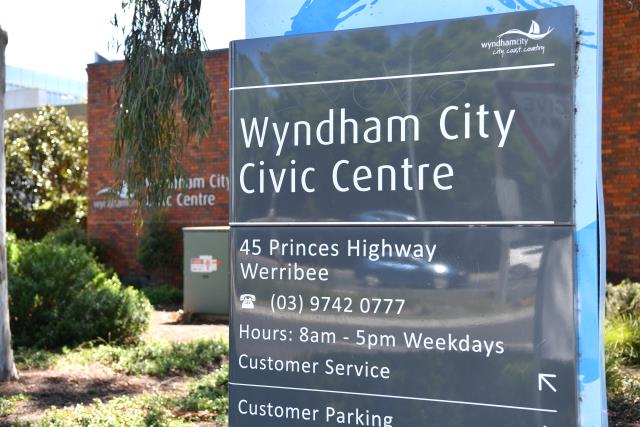Wyndham has the second-highest school drop-out rates in the western suburbs, according to the latest report released by HealthWest.
The Population Health Data report, compiled from research conducted in the past five years, compared school retention rates in Wyndham, Brimbank, Hobsons Bay, Maribyrnong and Melton.
Close to 14 per cent of 17-year-olds in Wyndham dropped out of school, a figure exceeded only by Melton’s drop-out rate of 15.2.
Brimbank’s rate of year-11 leavers was 9.3 per cent – less than the state average of 10.5.
Year 10 to 12 public school retention rates in the western metropolitan region (82 per cent) were also lower than the northern region (92).
“Wyndham [and Brimbank] had a notably higher proportion of early school leavers who were looking for work; and they had a higher proportion that went on to VET study,” the report states.
While Wyndham’s 15- to 19-year-olds were more likely than most to be working full-time and not studying (6.1 per cent) – behind only Melton (6.4) – they were also the second-least- likely to be “fully engaged” in work or study (20.7).
The state averages were 5.5 and 18.3, respectively.
The data published by HealthWest indicated that year 12s graduating in Wyndham were less likely than others in Victoria to attend university the year after leaving school (47.5 per cent). Just above five per cent were employed full-time and 9.4 per cent part-time.
Almost seven per cent were looking for work in their first year out of school.
Wyndham students recorded the highest rates of absenteeism in 2009, according to the Department of Education and Early Childhood Development. They were followed closely by Melton students.
“Wyndham had particularly high absenteeism figures for all secondary school years,” the report stated.
Absenteeism peaked in year 9 for Wyndham students with an alarming average of 32.3 days away from school.
Wyndham’s prep pupils were absent for 16.9 days a year.
Wyndham’s absent days were lowest in year 1 and 2 (15.7), which was still higher than the state average (13).
In 2012, Wyndham and Brimbank had the highest number of children in the western region classed as “developmentally vulnerable” in terms of physical health, social and emotional development, language and communication skills.
Wyndham children were the least likely in the western region to be enrolled at a kindergarten, with only 86.9 per cent of four-year-olds attending, compared with the state average of 92.7 per cent.
Teen pregnancy was also about 25 per cent higher in Wyndham than the rest of the state. The Wyndham rate was 12.9 per 1000 women.







